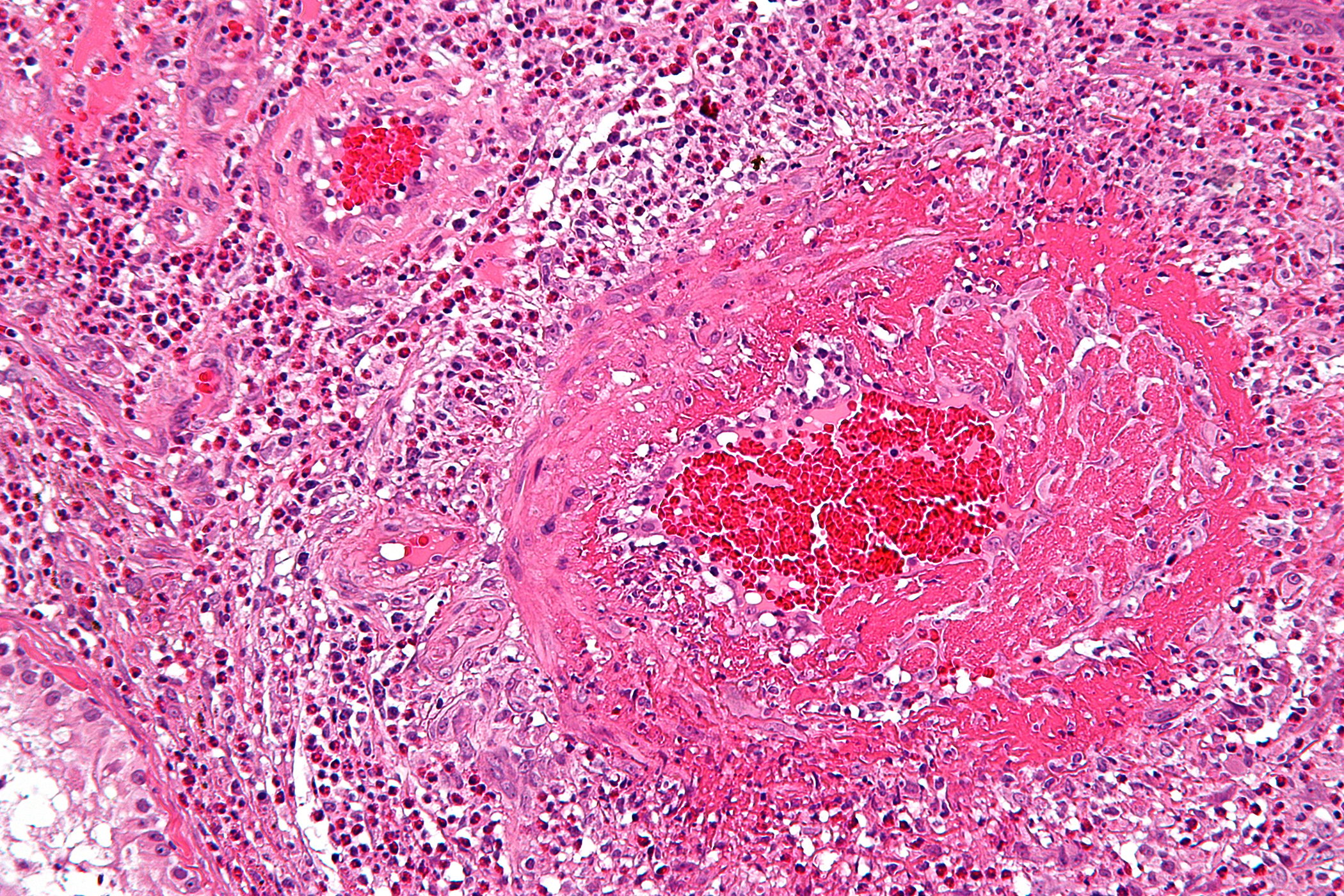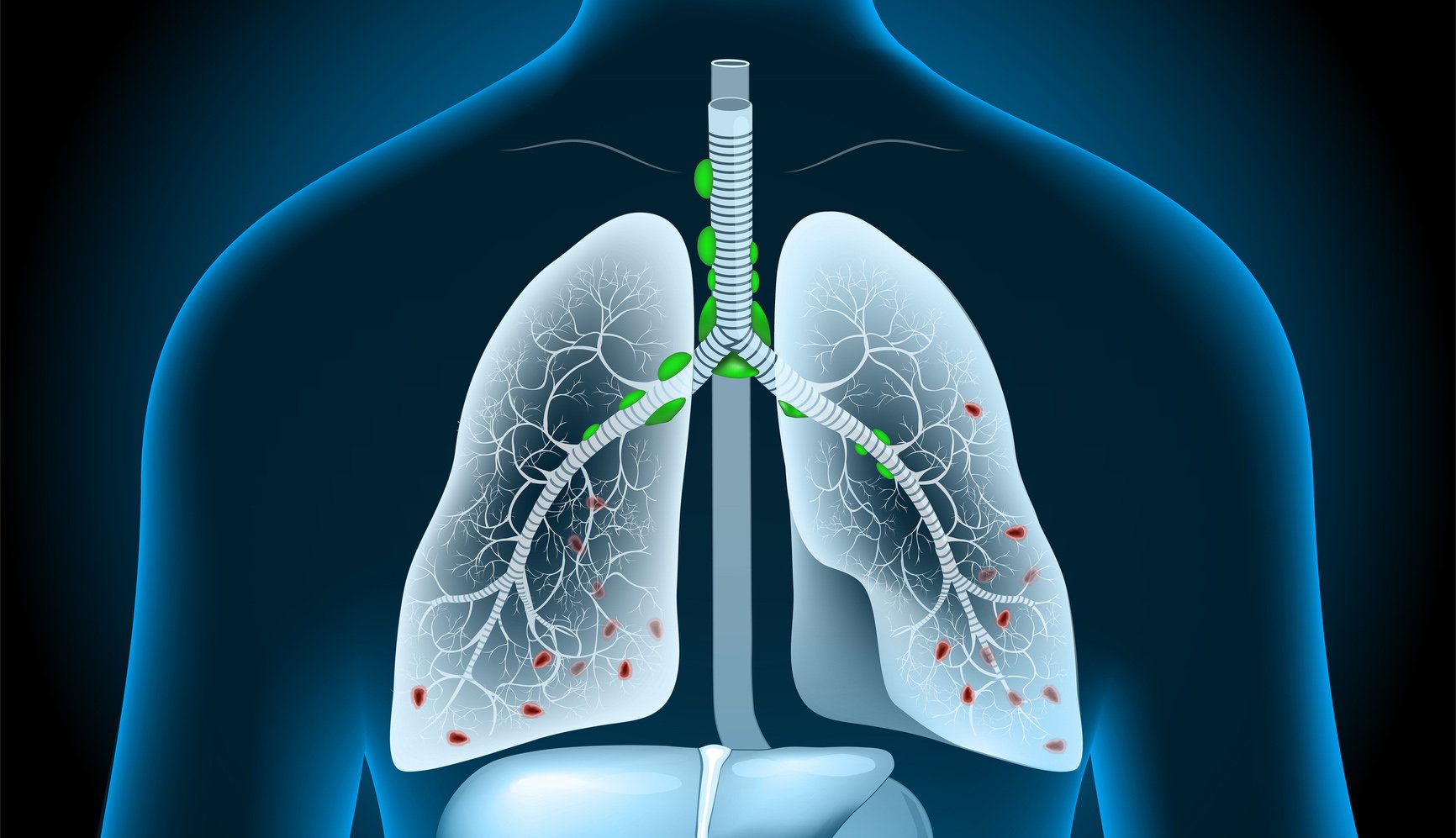In patients with type 2 diabetes (T2D), a balanced glucose concentration is mainly achieved through drug therapies. If blood glucose control remains poor despite a triple combination of oral hypoglycaemic agents (OHA), treatment becomes challenging. Iranian scientists have evaluated the efficacy of a quadruple hypoglycemic treatment regimen on glycemic indices in patients with inadequately controlled T2D.
Autoren
- Jens Dehn
Publikation
- InFo DIABETOLOGIE & ENDOKRINOLOGIE
Related Topics
You May Also Like
- Palliative care symptom and needs assessment.
What screening tools are helpful?
- Benralizumab in a patient with asthma and EGPA
When the biologic has a counterproductive effect
- Brain atrophy and MS
Brain atrophy correlates with disability progression in MS
- Alternative to insulin and GLP1
From the β-cell to the center: the versatile role of amylin
- Diabetes mellitus
Treatment of comorbidities in older people
- Pulmonary sarcoidosis
Prednisone vs. MTX: a draw after 24 weeks
- Friedreich's ataxia
Loss of orientation in the cerebellum
- Diabetes mellitus











